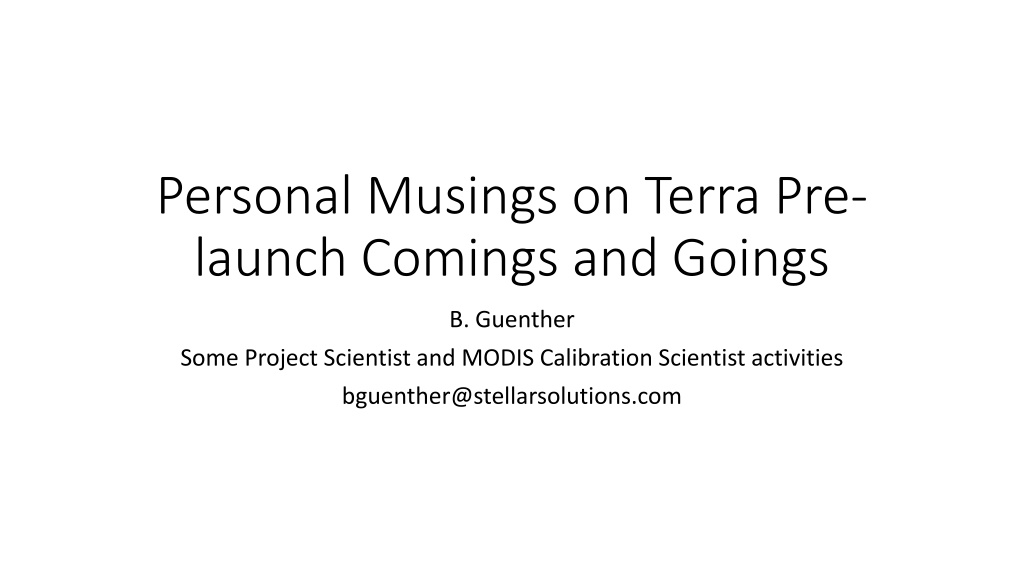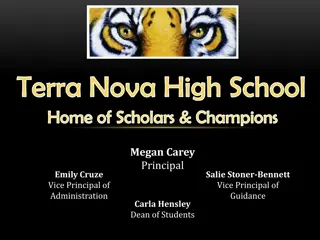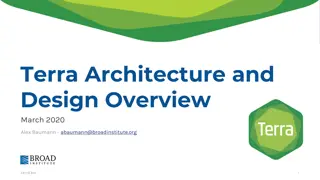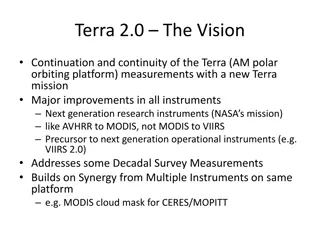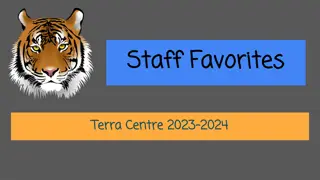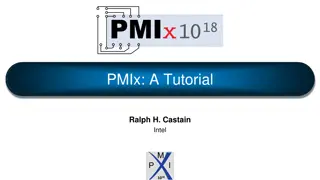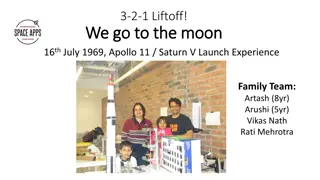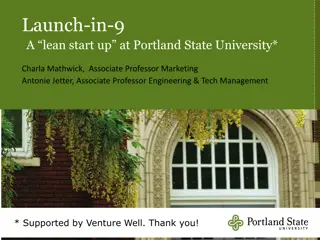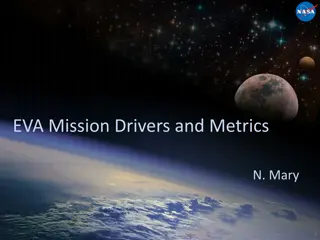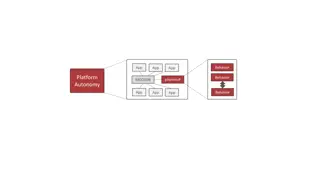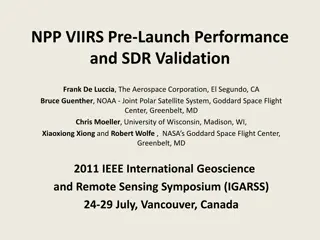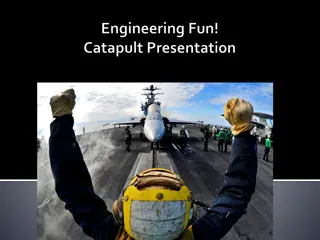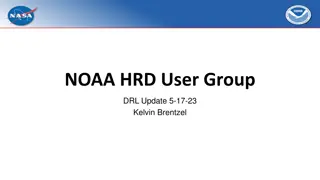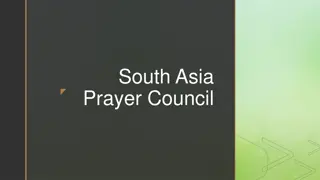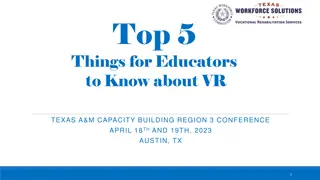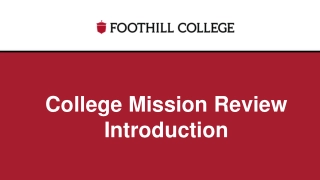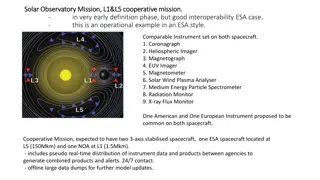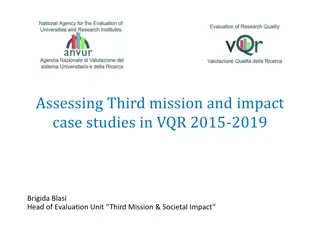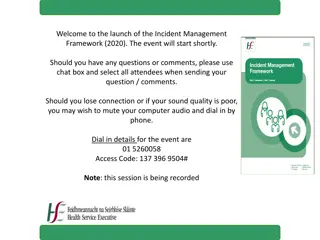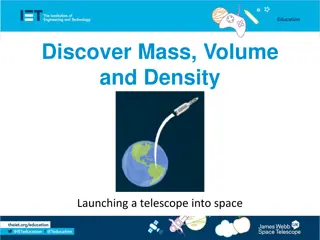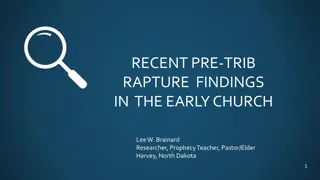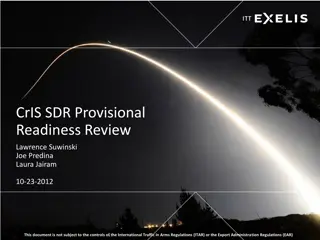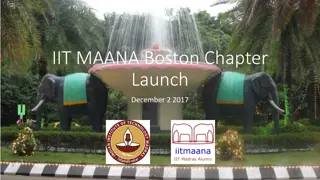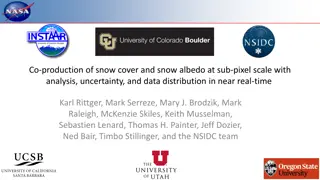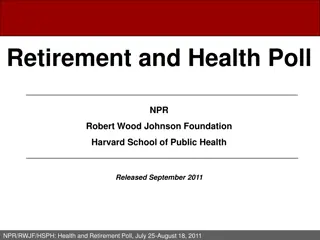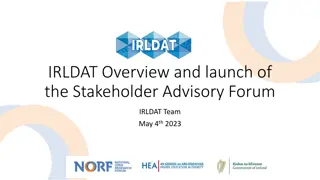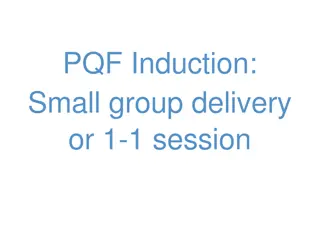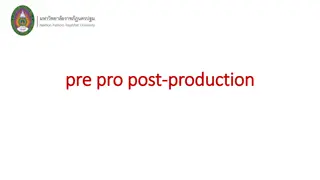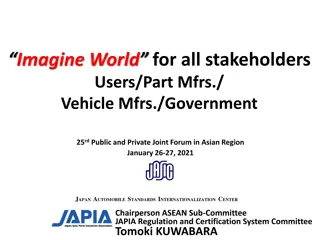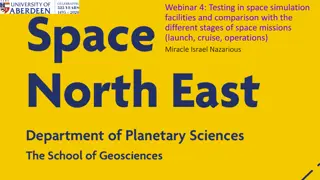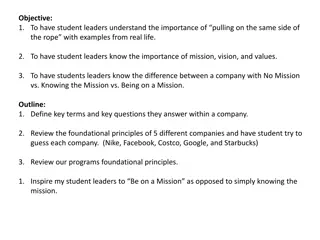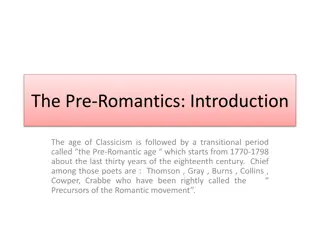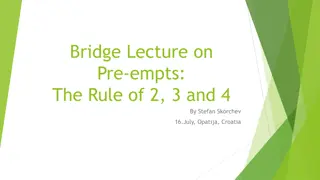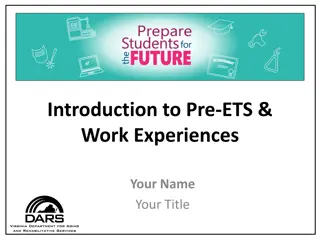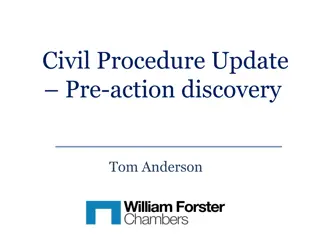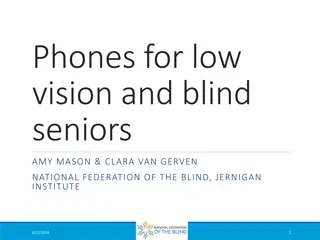Insights into the Pre-launch Activities of Terra Mission
Delve into the behind-the-scenes activities of the Terra mission before its launch. Learn about the key players, project structure, management dynamics, and instrumental acquisitions that shaped the mission's development. Explore the strategic decisions, team collaborations, and industry engagements that set the stage for Terra's successful mission to planet Earth.
Download Presentation

Please find below an Image/Link to download the presentation.
The content on the website is provided AS IS for your information and personal use only. It may not be sold, licensed, or shared on other websites without obtaining consent from the author. Download presentation by click this link. If you encounter any issues during the download, it is possible that the publisher has removed the file from their server.
E N D
Presentation Transcript
Personal Musings on Terra Pre- launch Comings and Goings B. Guenther Some Project Scientist and MODIS Calibration Scientist activities bguenther@stellarsolutions.com
Management -- Answer Dick Hartle Chuck McKenzie Gerry Soffen
Management -- Question Who were the EOS Mission development study (System Z) manager, first Project Manager (Phase A?) and first Senior Project Scientist (also had been Viking Project Scientist)? Soffen was fond of pointing out the EOS (Mission to Planet Earth) had strong HQ support alignment in AA (Len Fiske), Division Chief (probably Atmosphere Division, Shelby Tillford) and implementation scientists at HQ (Sir Robert Watson and Dixon Butler) Montreal Ozone Protocol was ratified in 1987 and the HQ leadership (apparently) was looking for protocol on CO2as an outcome from Mission to Planet Earth
Project Structure A1 Spacecraft and Instruments, and Chris and Marty
Project Structure Q1 What were the first Projects for the EOS (Mission to Planet Earth), and who were the initial managers for those Projects? Chris Scolese was the AM Project Manager and I was his Project Scientist, and Marty Donahoe was the Instrument Project Manager and Les Thompson was his Project Scientist. All the sensors (11, I think) were slated for a single platform. The intent was a comprehensive set of measurements of the atmosphere and surface state. Industry (and common sense) led to deconstruction from a single platform, formation flying was introduced, and the two Projects evolved to AM-1 and PM-1 with staff identified above moving into these revised Projects.
Instruments A 1 Buy the competition
Instruments Q 1 How did Hughes Aircraft Corporation guarantee winning competition for MODIS? Phase B Studies for MODIS were awarded to HAC-SBRC & Perkin Elmer (Danbury, CT). PE offered this facility for sale, including the MODIS Phase B Study, and HAC purchased it.
Instruments A 2 Build a spaceflight instrument with unemployed Eaton Department Store warehouse and Canadian National Railway locomotive workers currently out of work
Instruments Q2 What competitive advantage did ComDev use to help win the EOS instrument MOPITT? We are accustomed in the US to Government contracts having required small or disadvantaged business ventures in the programs. At the time of the award of the CSA for MOPITT, the Canadian Government was advocating for business opportunities in economically depressed areas. COMDEV proposed to build MOPITT in Moncton, NB, CA, which is a railroad and shipbuilding community on the St. Lawrence Seaway (Petitcodiac River). I asked a rental car counter agent about how to get to Moncton (in the Toronto Airport) and I was told, Why would you want to go there? A dramatic turnaround in the fortunes of the city started in the 1990 s and is termed the "Moncton Miracle".
Instruments A3 ASTER Calibration Peer Review, in Tsucuba, JA
Instruments Q3 What was the 1st, and perhaps only, EOS ASTER Project Management meeting held in Japan that was conducted in English? All EOS meetings (engineering or management) held in Japan were conducted in Japanese and the Project was provided with an In-English readout up to the time of the ASTER Calibration Peer Review . Akira Ono offered to conduct this ASTER meeting in English. We took this to be an indication that Dr Ono found this community review to be very fruitful and that he had high expectations for what ASTER team would learn from this Review. The visiting team was split into two groups and taken to the homes of Dr Ono and ? for dinner on the night of the first day of the meeting.
Instruments (MODIS) A4 Subframe (gain) differences
Instruments (MODIS) Q4 What may be the easiest method to detect electronic cross-talk on the MODIS design from laboratory measurements? The Short-wave/Mid-wave MODIS focal plane contained (3) 500m resolution bands and (11) 1000m resolution bands. The 500m resolution bands are sampled (and detector collection wells ) are reset twice for each 1000m band reset. With 11 detectors in 1000m bands and 20 detectors in 500m bands, alternate 500m bands resets are congruent with 60 pixels or 190 pixels. It turned out that Terra did not have the capability to reset the 190 pixels to design voltage. This appears in the data set as a residual sensitivity to previous measurements (electronic cross-talk). Project management agreed to improve current in-rush for more complete reset and reduce eX- tlk. The change was done after completion of Terra spacecraft system testing. This action invalidated the radiometric calibration of 14 bands
